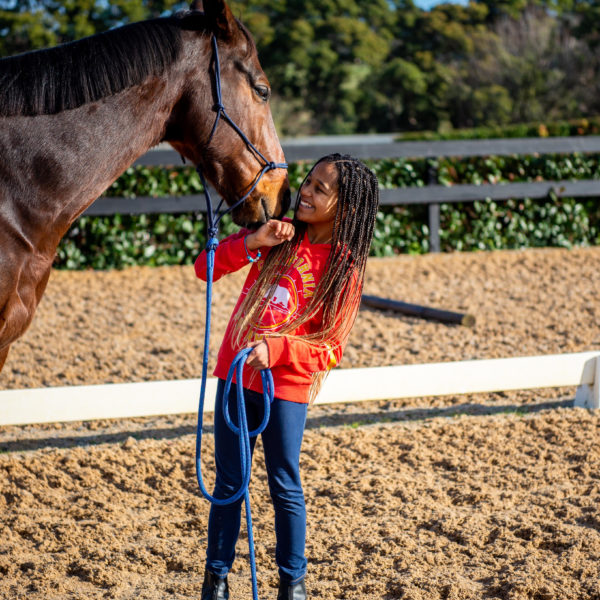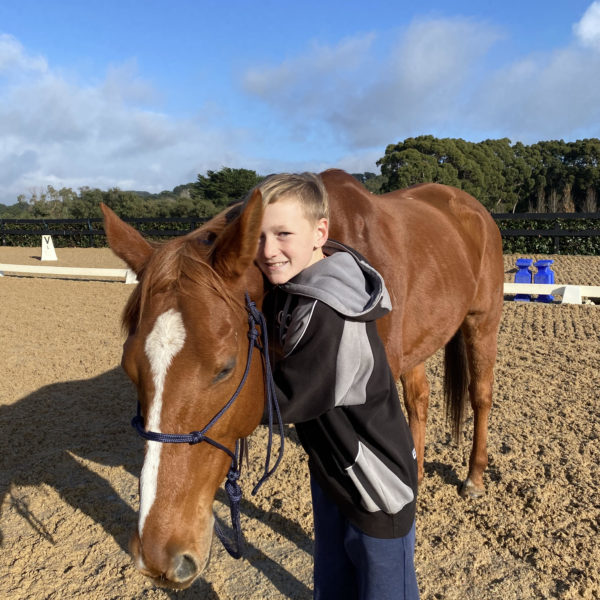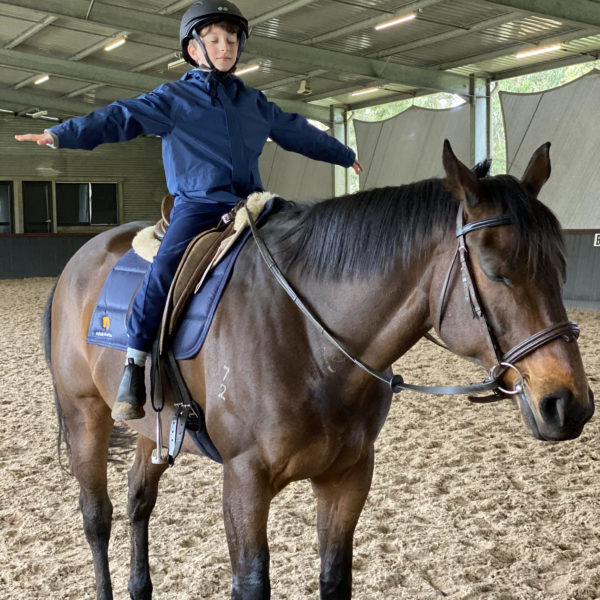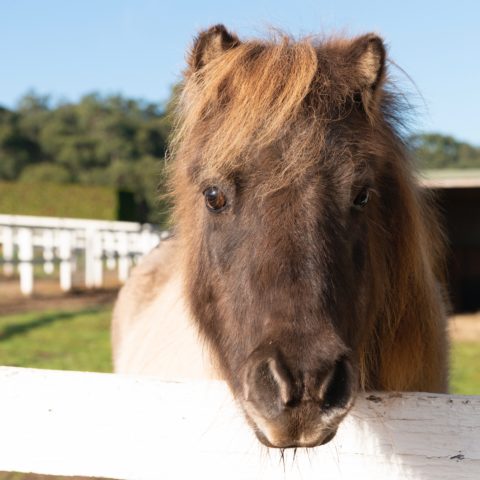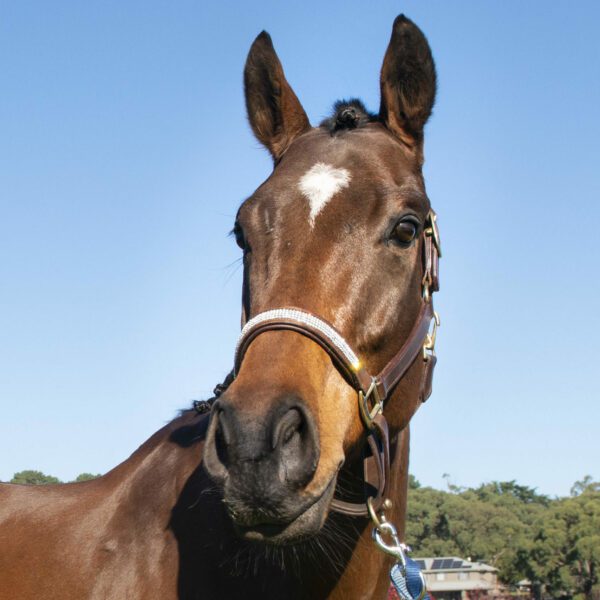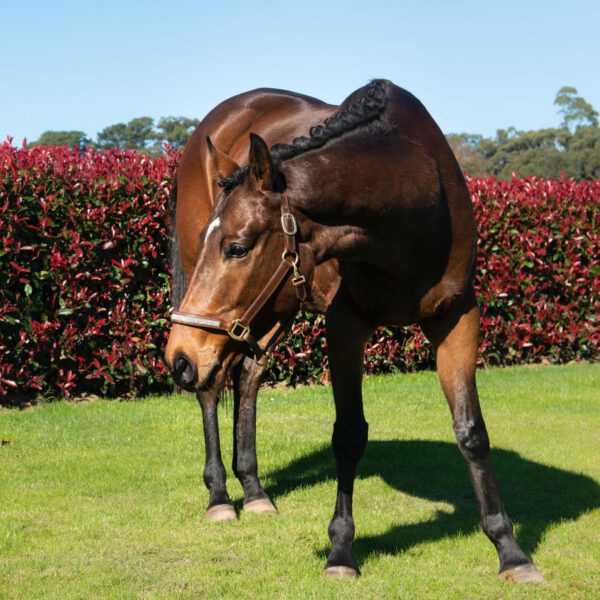Our horses
Our incredible retired racehorses have touched so many lives. They deserve a purposeful life after racing.

We take on retired thoroughbreds that haven’t transitioned to a second career. These are horses that have retired through injury, or horses that face being homeless.
On average, it takes 24 weeks to desensitise, rehabilitate, and retrain a racehorse. During this time, they’re integrated into our therapy program.
And when each horse is successfully retrained, they are responsibly matched to their ‘future home’.
At the moment, we use our fantastic facility at Main Ridge on the Mornington Peninsula. But we’re expecting to grow quickly, so we’re planning to offer our Equine Assisted Clinical Psychology (ECAP) across Victoria, the Eastern Seaboard, and eventually, across the whole of Australia.
We’re a not-for-profit charity.
We exist because we care.
Crackajack
(Wally)
Wally was homeless. We retrained Wally and rehomed him to our program.
Out of the Red
(Red)
We retrained Red and rehomed him to our program. Thank you to his owner for donating him to our program.
Street Prince
(Prince)
Prince was homeless. We retrained Prince and rehomed him to our program.
Mini Ponies
(Ned, Cookie and Rockie)
These cute little guys were homeless so we rehomed them and trained them.
Victory Mastery
(Couscous)
Racing Name – Woolay (5 year old – raced in Australia and Hong Kong).
Cauliflower
(Cauliflower)
Racing name – Cauliflower (5 year old gelding)
How does the horse's journey work?
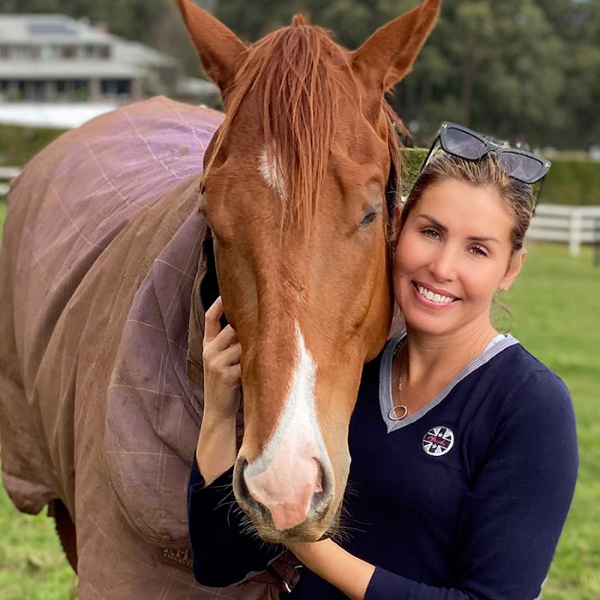
Step 1
Welcome
- Equine assessment & rehabilitation care plan
- Graded introduction to stables, paddocks, handling
- Change of pace, change of lifestyle
- Life in the herd
- Carrots, cuddles and cruising around
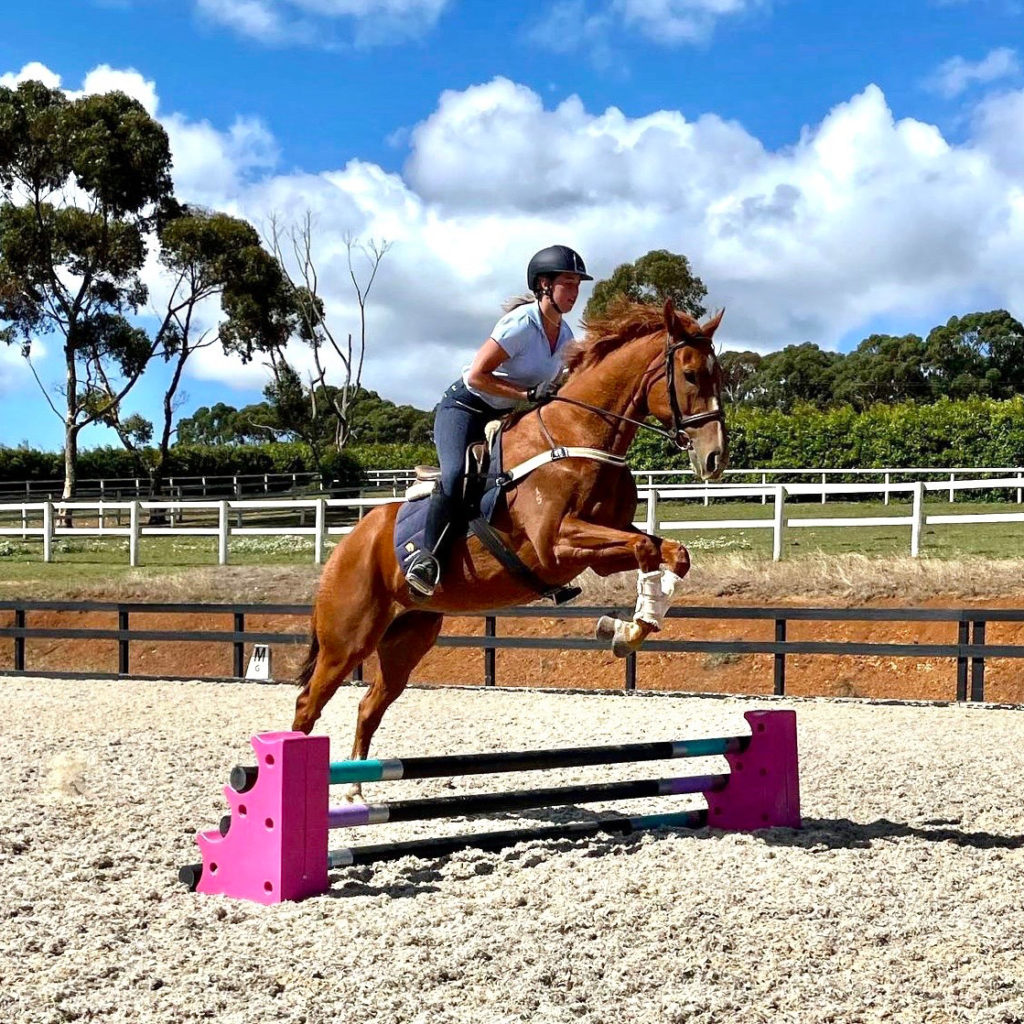
Step 2
Professional Retraining
- Groundwork & horsemanship
- Under saddle – arena, floating & trail rides
- Desensitisation – people, places, pressures
- Equine evaluation for therapy readiness
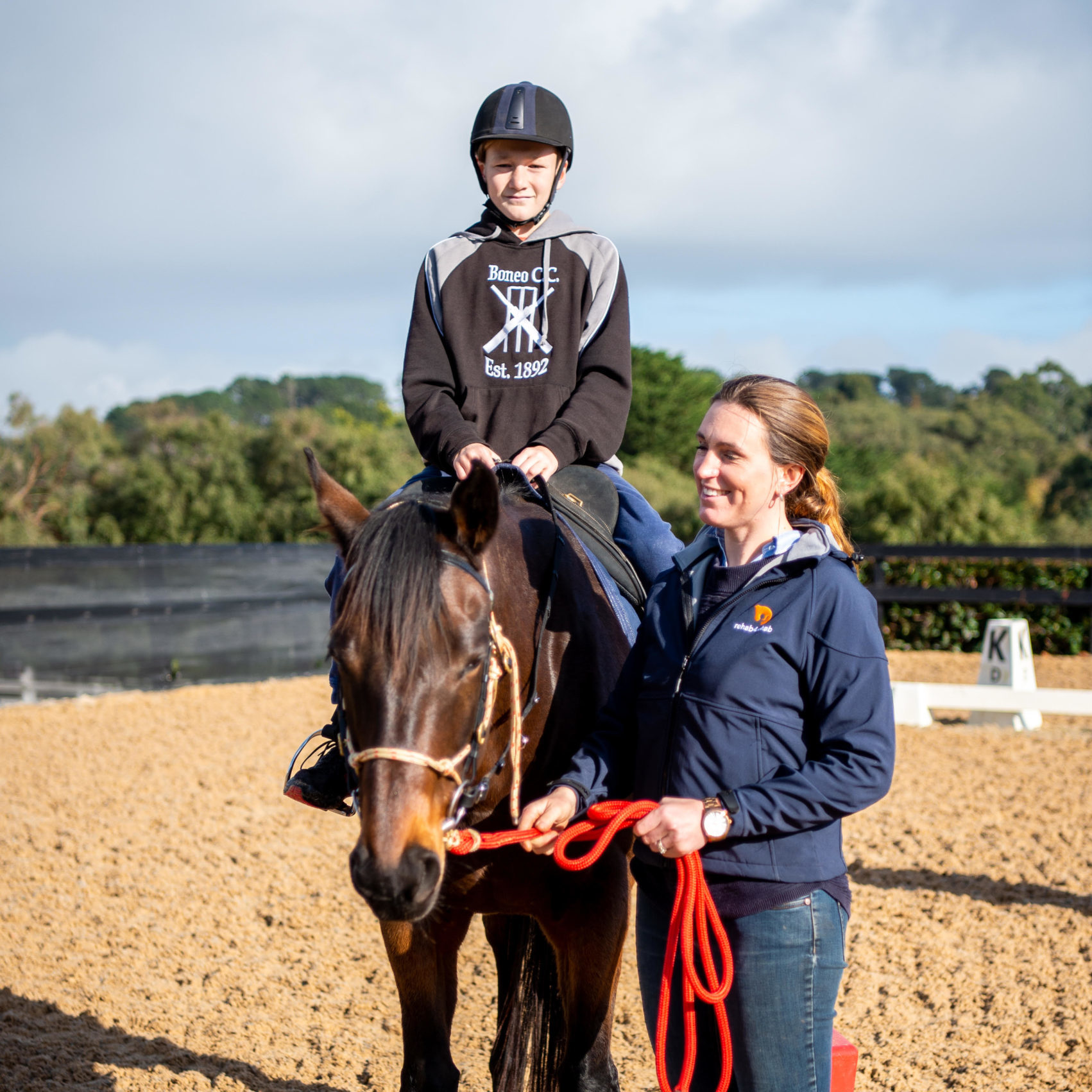
Step 3
Equine-Assisted Therapy
- Grooming, groundwork and mounted
- Child assessment and goal setting
- Individual and/or group intervention
- Child evaluation for continuation or discharge
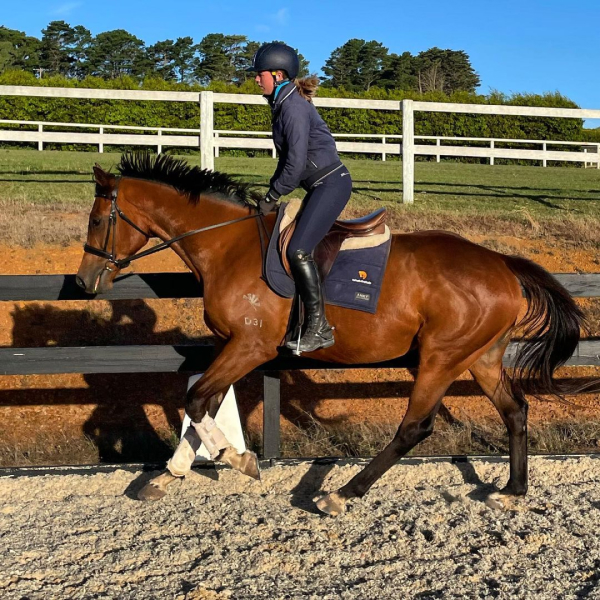
Step 4
Research & Development
- Goal Attainment Scale to evaluate children’s therapy
- Equine assessment to evaluate horse’s behaviour & health
- Rating scales to analyse consumer feedback re: expectations
- Develop policies, procedures and services in response to findings
- Loop back stories and information to donors and community
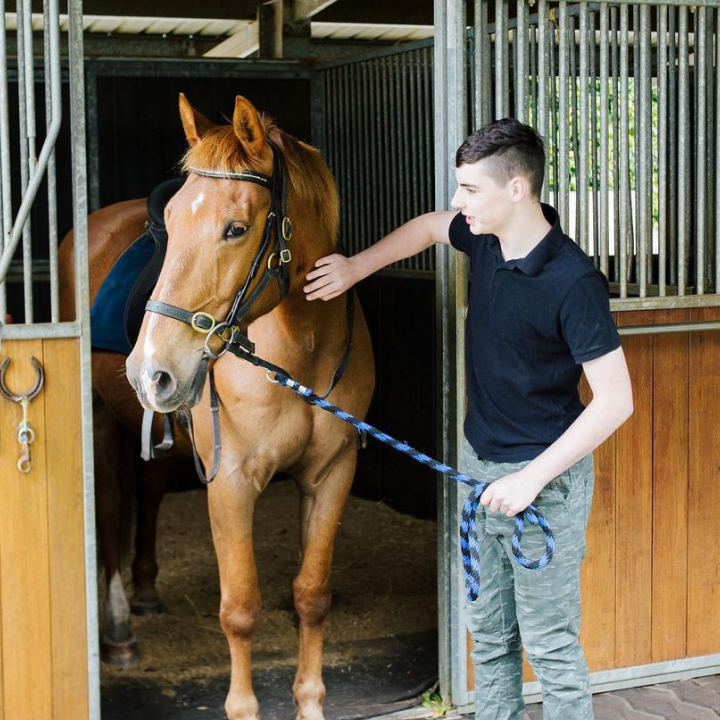
Step 5
Rehoming
- Horses now consistent in responses under saddle
- Personality, routines and quirks are understood
- Horse is respectful for handling, health care and farrier
- Ready for a new home and new role
- Follow up horsemanship support available post rehoming
Guiding principles
To engage in the horses journey with respect, experience and skillful training, following techniques well considered in the equine industry
To prepare horses for groundwork, riding and inclusion in the therapy program with an overall goal of re-homing
To work on goals which are meaningful to the child (as well as the adults in their life) and to motivate and empower children by inclusion in the equine program
To provide the highest standard of animal husbandry and care
To engage in the child’s journeys with courtesy, generosity of spirit, wisdom and therapeutic knowledge to address their functional difficulties
To offer a non-clinical ‘feel’ with a clinical specialist expertise
To provide exceptional purpose-built, equine facilities
To integrate ethical best practice, traditional well-being practices and clinical evidence within the program to assist in the child’s natural everyday settings
To offer an inclusive workplace where staff are valued as respected members of the team.

